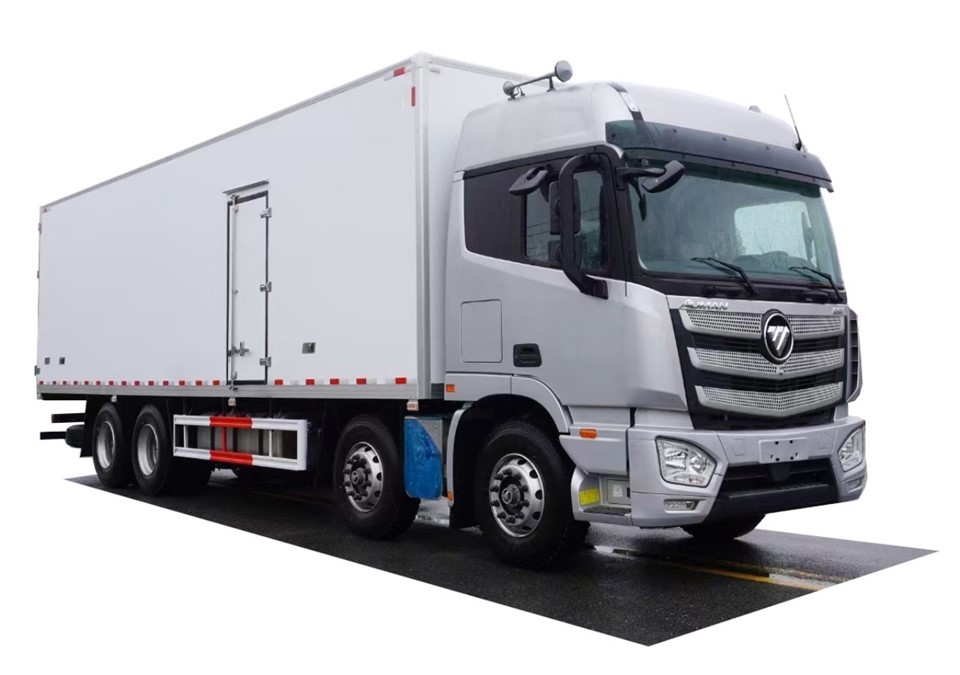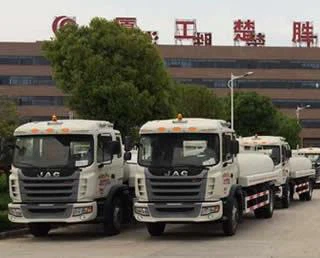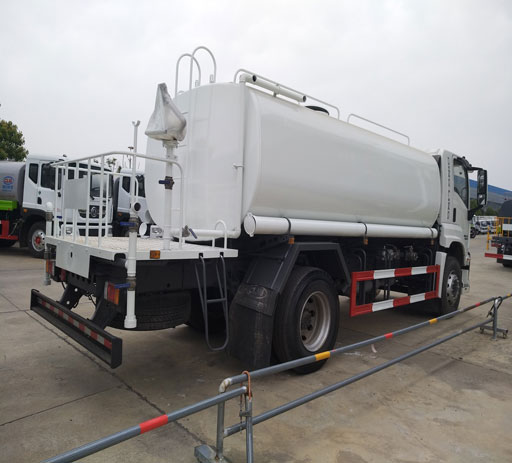Fuel Tanker Truck Specifications: A Comprehensive Guide

Introduction
When it comes to transporting fuel, safety and efficiency are paramount. Fuel tanker trucks play a critical role in the distribution of petroleum products, ensuring that gasoline, diesel, and other fuels reach gas stations and businesses. However, the specifications of these trucks can vary significantly based on their intended use and design. This article delves into fuel tanker truck specifications, helping you understand the key features, safety standards, types of tanks, and more necessary for choosing the right vehicle for your needs.
1. Understanding Fuel Tanker Trucks
Fuel tanker trucks are specialized vehicles designed to transport liquid fuel. They come equipped with various features that ensure the safe handling of hazardous materials. Understanding these specifications is crucial for compliance with regulations and ensuring the safe transport of fuel.
1.1 The Role of Fuel Tanker Trucks
Fuel tanker trucks are used in various sectors, including construction, agriculture, and transportation. They are designed to carry various liquid fuels, from gasoline to heating oil. Their primary role is to facilitate the safe and efficient movement of these products to storage facilities and retail outlets.
1.2 Key Components of a Fuel Tanker Truck
- Chassis: The frame that supports the load and carries all vehicle components.
- Tank: The container designed to hold the fuel, often made of aluminum or stainless steel.
- Pump System: Equipment for loading and unloading the fuel.
- Safety Features: Includes anti-siphoning systems, emergency shut-off valves, and grounding systems.
2. Fuel Tanker Truck Specifications
2.1 Size and Capacity
Fuel tanker trucks vary widely in size and fuel capacity. Commonly, their capacities range from 3,000 gallons to over 11,000 gallons. The capacity often dictates the truck’s overall dimensions, weight, and the type of licensing required for operation.
| Capacity (Gallons) | Typical Dimensions (LxWxH in feet) | Weight (lbs) |
|---|---|---|
| 3,000 | 23 x 8 x 10 | 12,000 |
| 6,000 | 30 x 8 x 10 | 18,000 |
| 11,000 | 40 x 8 x 10 | 25,000 |

2.2 Tank Material
The construction material of the tank plays a significant role in the truck’s performance and safety. Common materials include:
- Aluminum: Lightweight and resistant to rust, making it a popular choice.
- Stainless Steel: Highly durable and retains integrity under high temperatures.
- Carbon Steel: Often used but may require additional maintenance due to rust susceptibility.
2.3 Weight Distribution
Weight distribution is crucial for stability, especially for larger cargo loads. Fuel tanker trucks must comply with legal weight limits, typically ranging between 80,000 to 100,000 lbs (including the truck’s weight). Proper weight distribution helps prevent rollovers and ensures safe handling under various road conditions.
3. Safety Standards and Regulations
3.1 Federal Regulations
In the United States, the Environmental Protection Agency (EPA) and the Department of Transportation (DOT) regulate fuel tanker trucks. They impose strict guidelines about tank design, transportation practices, and safety protocols to prevent spills and accidents.
3.2 Safety Equipment
Fuel tanker trucks are equipped with several safety features, including:
- Emergency Shut-off Valves: Cut off flow in case of an emergency.
- Fire Extinguishers: Essential for quality firefighting equipment onboard.
- Anti-Siphoning Devices: Prevent unauthorized siphoning of the fuel.
3.3 Training and Certification
Drivers of fuel tanker trucks must have specialized training and a commercial driver’s license (CDL) with a hazardous material endorsement. This ensures they understand the additional responsibilities and potential risks associated with transporting liquid fuels.
4. Types of Fuel Tanks
4.1 Compartmentalized Tanks
These tanks have multiple compartments allowing for the transport of different types of fuels simultaneously. They are versatile and used in various applications, making them a popular choice for fuel distribution companies.
4.2 Single-Wall vs. Double-Wall Tanks
Double-wall tanks provide extra protection against leaks as they feature an outer layer that can absorb fuel in case of a spill. Single-wall tanks are lighter and less expensive but possibly riskier due to the lack of a secondary containment layer.
5. Considerations for Fuel Tanker Truck Selection
5.1 Purpose and Usage
Determining the intended use of the fuel tanker truck is crucial. Will it be used for local deliveries or long-haul operations? Are you transporting gasoline, diesel, or a mix of fuels? Understanding these factors will guide your selection.
5.2 Budget Constraints
Fuel tanker trucks can vary considerably in cost, influenced by size, material, and additional features. Assessing your budget against your operational needs will help ensure you make a sound investment.
5.3 Maintenance Considerations
Regular maintenance is vital for any fuel tanker truck. Choose a model that offers easy access to critical components for inspection and repair. Setting aside a budget for routine maintenance is a smart move to prolong the lifespan of your vehicle.
6. Practical Examples and Tips for Fuel Tanker Operation
6.1 Loading and Unloading Protocols
Loading and unloading fuel require adherence to strict protocols to minimize risks:
- Always use designated loading areas.
- Inspect hoses and connections before operation.
- Employ caution when connecting and disconnecting the pump systems.
6.2 Driving Tips for Fuel Tankers
Driving a fuel tanker requires special attention to various factors:
- Maintain lower speeds, especially when turning.
- Keep a safe distance from other vehicles.
- Be mindful of weight shifts when loaded.
6.3 Environmental Considerations
Fuel leaks pose serious environmental hazards. Implement measures such as regular inspections and using spill containment kits to minimize the risks of accidents.
7. FAQs about Fuel Tanker Truck Specifications
7.1 What is the average capacity of a fuel tanker truck?
The average capacity of fuel tanker trucks typically ranges from 3,000 to 11,000 gallons, depending on the specific application.

7.2 What materials are commonly used for fuel tanks in trucks?
Common materials for fuel tanks include aluminum, stainless steel, and carbon steel, with each having its advantages and disadvantages.
7.3 What types of fuel can tanker trucks transport?
Fuel tanker trucks can transport various fuels, including gasoline, diesel, jet fuel, and biofuels, depending on their design and configuration.
7.4 Are there specific regulations for transporting hazardous materials?
Yes, transporting hazardous materials like fuel is highly regulated in the U.S., requiring compliance with DOT and EPA standards, including specialized training for drivers.
7.5 What safety features are important in a fuel tanker truck?

Important safety features include emergency shut-off valves, anti-siphoning devices, and fire extinguishers, all essential for preventing and mitigating spills and accidents.
7.6 How often should fuel tanker trucks be maintained?
Fuel tanker trucks should undergo regular inspections and maintenance every 6 to 12 months, depending on usage, to ensure safety and compliance with regulations.
